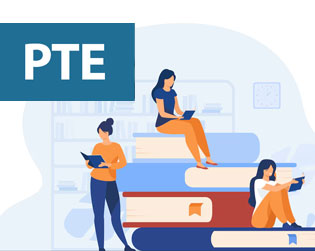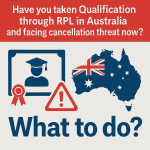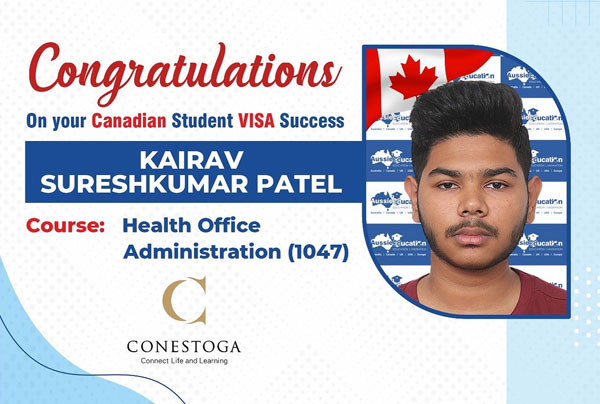Refusals Vs Grants of student visa for applicant from India, fairness in the process and its impact? Do you think it’s a fair system?
- Posted by
- admin<
- Categories
- Australian Visa news
- Australian Visa updates
- Lifestyle
- Managing Finances
- News Updates
- Student Visa
- Visa Application
- Work Visa
- Date
- 11 Jun 2025
- Comments
- 0

Australia has long been a preferred destination for international students — particularly from the Indian subcontinent, including India, Nepal, Bangladesh, and Sri Lanka. With its high-quality education system, multicultural environment, and opportunities for post-study work, Australia attracts tens of thousands of students each year from these countries. In India particularly, Australia has been ranked in top 3 preferred destination for international students in past 12-18 months.
However, recent trends have raised concerns about how these students are being assessed during the student visa process. Increasing visa refusals, intensified scrutiny, and changes in the risk-tier framework have triggered a critical conversation: Is the visa processing fair — or has it become unintentionally biased against applicants from India and specially from so called RED ZONES which sends out more than 65% of the students worldwide?
The Rise in Visa Refusals: What’s Going On?
Over the past 12–18 months, there has been a noticeable spike in student visa refusals from India with template refusals being the trend with case officers somehow. These refusals often cite reasons related to the Genuine Temporary Entrant (GTE) or Genuine Student Test (GST) requirement — a subjective assessment of the applicant’s intent to study and return home post-graduation.
Students who meet academic and financial criteria are still being turned away due to perceived inconsistencies or vague assumptions about their “genuine” intent. For many applicants, the experience feels arbitrary — and for education providers, this trend is raising red flags. Template refusals such as financial gain of studying in Australia outweighs being in India, opportunity of earn more in Australia compare to India etc are simply baseless assessment criteria.
The Risk-Tier System: A Double-Edged Sword?
Australia’s risk-tier framework, which assigns countries and education providers a risk rating, is designed to help streamline visa processing. However, it also places students from certain countries and certain regions under disproportionately high scrutiny.
For example:
- Applicants from South Asia are often classified as high-risk, despite applying to low-risk institutions.
- Individual assessments are sometimes overshadowed by country-level statistics, reducing the chances for otherwise deserving students.
- Some providers and agents have noticed that students from lower-risk countries with weaker profiles are approved more easily than high-performing applicants from the subcontinent.
- How would you justify a student coming from tier 1 country with no financials to study English for 12 months who often works full time in construction and hospitality industry in Australia is more genuine than an Indian student applying for Master of Data science showing 1000s of dollars as affordability for survive?
This raises a fundamental question: Is the system evaluating students fairly based on their individual merit, or is it painting entire regions with the same brush?
Challenges for Education Providers and Agents
Education agents and institutions working with Indian students are caught in a balancing act:
- They must maintain integrity by screening applicants thoroughly.
- At the same time, they face the economic and reputational pressure of enrolment targets.
- More and more, agents are reporting that even strong applications are being refused without clear justification.
This unpredictability affects student trust, institutional planning, and the broader reputation of the Australian education sector.
Impact on Students and Australia’s Global Image
From a student’s perspective, rejection after months of preparation and financial investment is devastating — not just emotionally, but also academically and financially.
When visa decisions appear inconsistent or overly harsh, students may begin to question whether Australia is a truly inclusive and welcoming destination. Competing countries such as Canada, the UK, European countries and the US are quick to capitalize on such sentiments, offering seemingly more transparent pathways at times when we are putting the bars too high.
Time for Change: What Can Be Done?
To restore trust in the system, several steps could be considered:
- Increased Transparency: Clearer communication on why a visa is refused and how GST decisions are made. Put forth reasons for each individual cases for refusals rather than printing template refusals for horrendous student visa fee what’s getting charged?
- More Individualized Assessments: Balancing statistical risk with personalized review.
- Training and Accountability for case officers, Agents and institutions: Ensuring all stake holders are well-advised and prepared plus accountable for their act rather than simply using their monopolistic power for decision making.
- Engagement with Stakeholders: Involving education providers, migration agents, and community leaders in reform discussions.
Conclusion
No visa system is perfect. Australia must protect the integrity of its borders and ensure that international education is not misused. But fairness and transparency must remain at the core of that process — especially when thousands of genuine students from India are striving for the same opportunities as their peers from other regions.
At its best, Australia’s education system thrives on diversity, inclusion, and global collaboration. It’s time to ensure that visa policy reflects those same values rather than template refusals after charging student visa fee which is highest in the world at the moment.


































